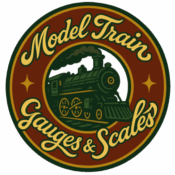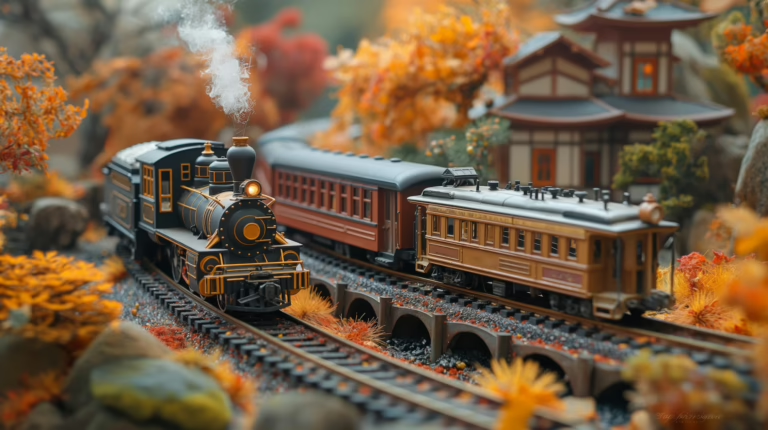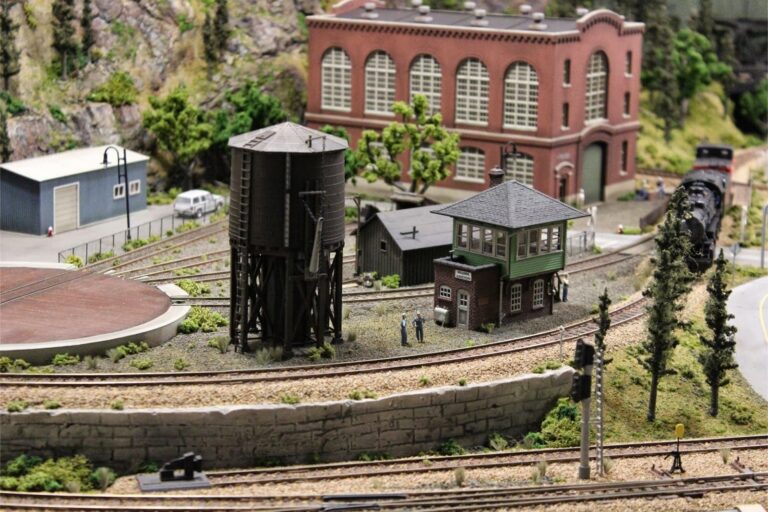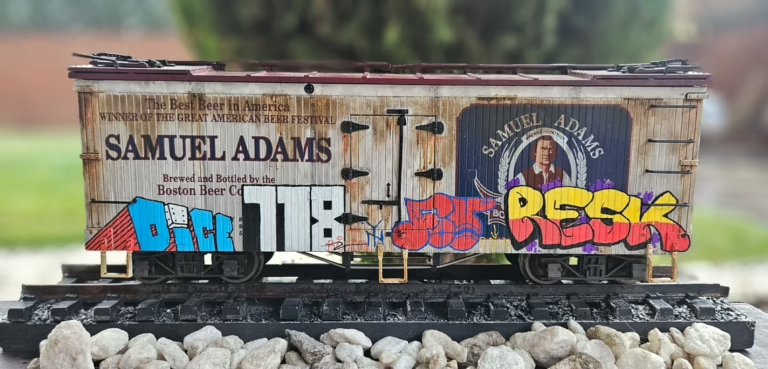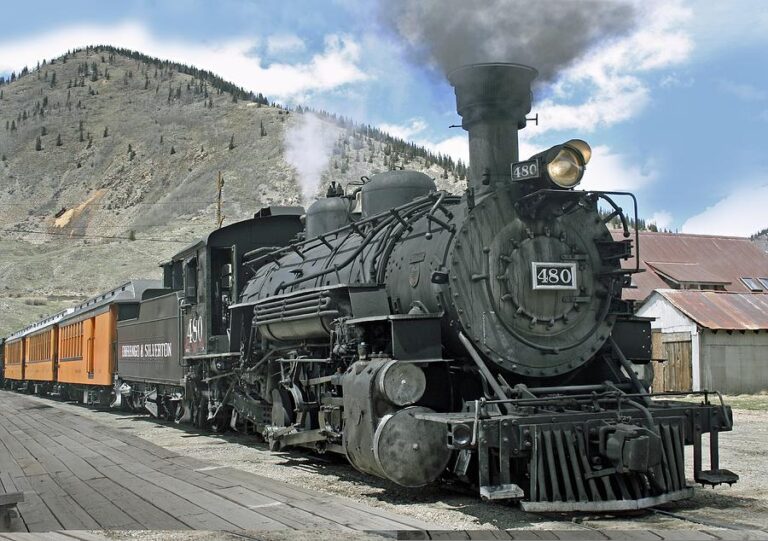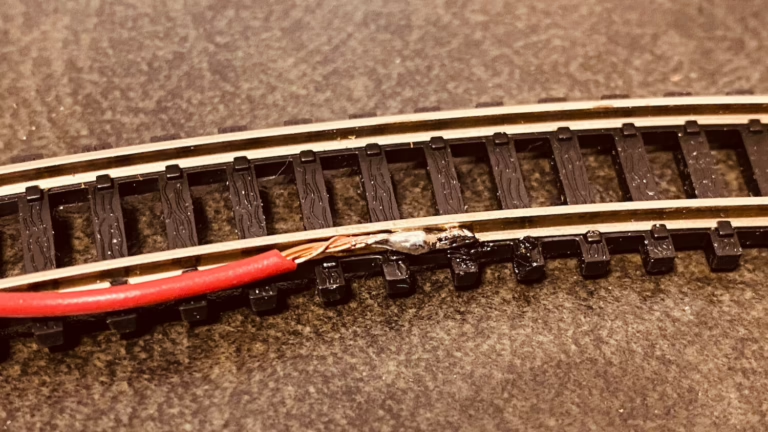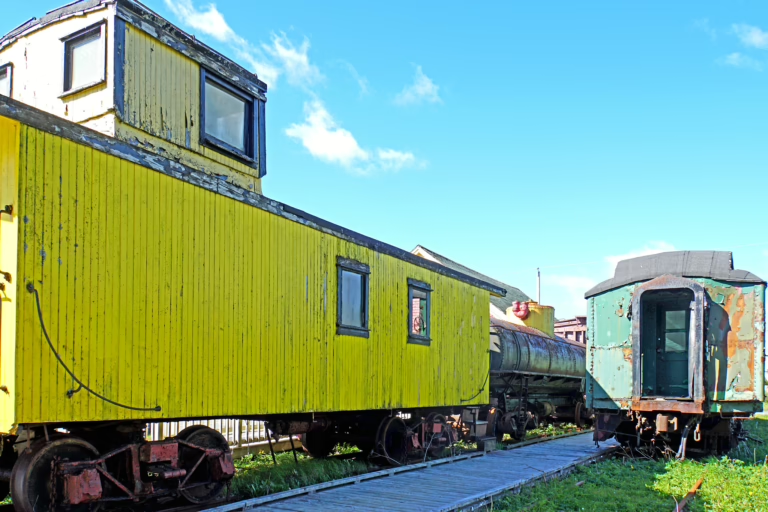Z Scale Model Trains: The Smallest Scale with Big Potential
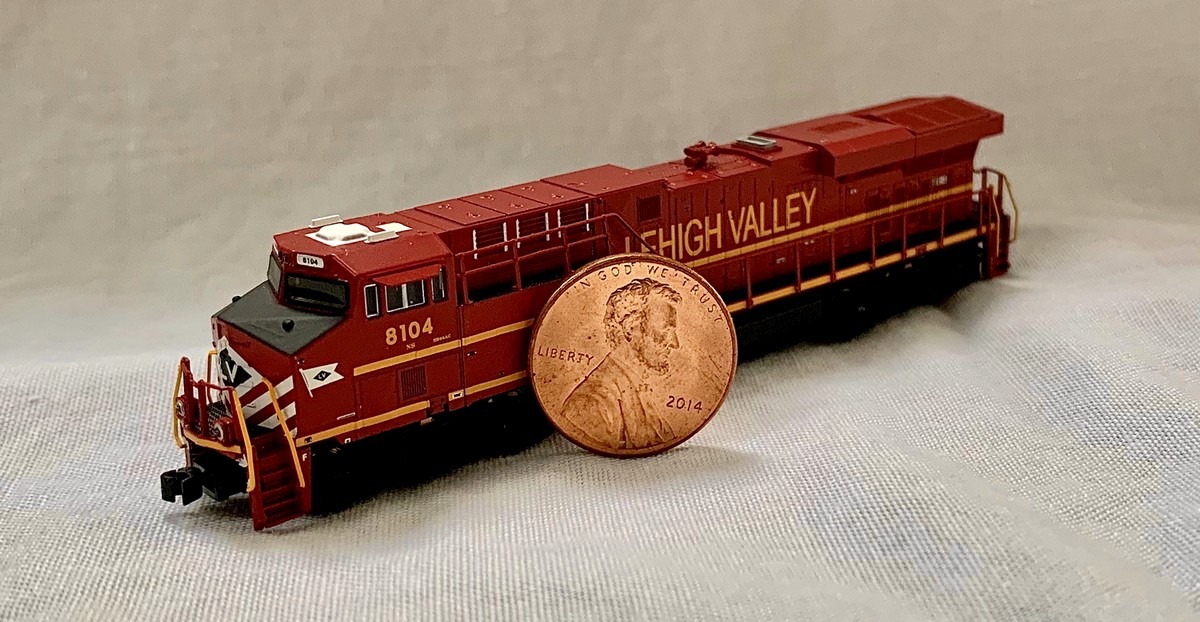
When it comes to model railroading, Z scale is often described as the ultimate space-saver. First introduced by Märklin in 1972, Z scale trains are tiny marvels of engineering that open up new possibilities for layout builders. If you’ve ever wondered whether Z scale is right for you, this comprehensive FAQ guide will help you explore its history, advantages, challenges, and the best products to get started.
What Is Z Scale?
Z scale refers to model trains built to a 1:220 scale ratio, meaning the trains are 220 times smaller than their real-world counterparts. The track gauge (distance between the rails) measures just 6.5 mm, making Z the smallest commercially available mass-produced scale in the world.
To put that in perspective: an HO scale locomotive is about four times larger than its Z scale equivalent. Despite their size, modern Z scale trains offer surprising detail and reliable performance.
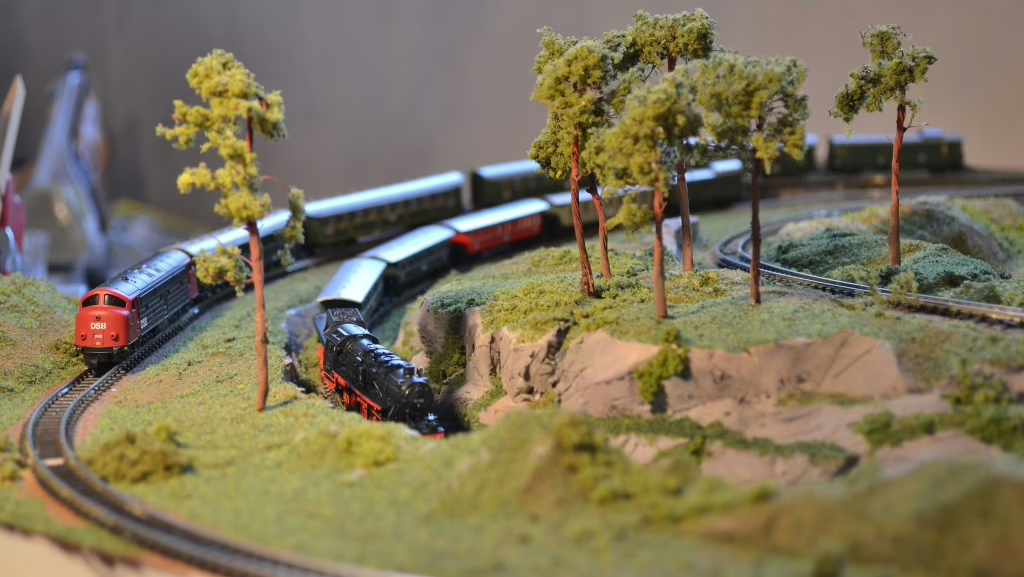
Why Choose Z Scale?
Enthusiasts are drawn to Z scale for several reasons:
- Space efficiency: You can build a continuous-loop layout on a desktop or coffee table.
- Portability: Entire layouts can be stored in a briefcase or small box.
- Fine craftsmanship: Manufacturers like Märklin and Rokuhan deliver intricate detail despite the small size.
- Creative freedom: Because of the compact size, you can model large scenes—such as mountains, cities, or even entire branch lines—in a small footprint.
If you live in an apartment, have limited hobby space, or simply want to model something unique, Z scale is worth considering.
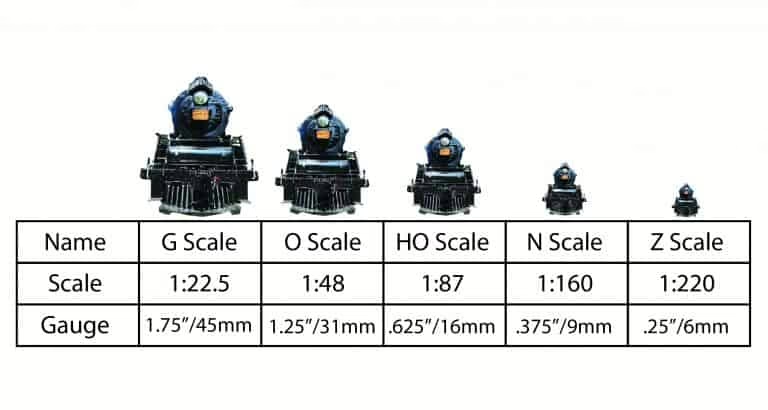
How Does Z Scale Compare to Other Scales?
Here’s a quick comparison:
- HO Scale (1:87): Most popular, good detail, requires larger layouts.
- N Scale (1:160): Compact, balances detail and space needs.
- Z Scale (1:220): The smallest, allows layouts in the tiniest spaces but requires precision.
In short: HO is best for beginners, N is versatile, and Z appeals to hobbyists who value miniaturization and space savings above all else.
Is Z Scale Harder to Work With?
Yes and no. The small size of Z scale trains does require more dexterity and good eyesight. Track laying, wiring, and scenery work all demand careful precision.
However, manufacturers have made significant improvements in the durability and performance of Z scale locomotives. Many newcomers find that with the right tools and patience, Z scale is just as manageable as larger scales.
Pro tip: A magnifying lamp and precision tweezers are must-have tools when working in Z scale.
Who Manufactures Z Scale Trains?
Z scale has a niche but growing community of manufacturers. Some of the most popular brands include:
- Märklin – The pioneer of Z scale, offering high-quality locomotives, rolling stock, and track systems.
- Rokuhan – Known for innovative track designs and user-friendly power systems.
- AZL (American Z Line) – Specializes in American prototype locomotives and cars with incredible detail.
- Micro-Trains Line (MTL) – Produces finely detailed rolling stock, couplers, and accessories.
👉 Shop Z Scale Trains on Amazon
These brands collectively cover European, American, and Japanese prototypes, giving hobbyists a wide range of modeling possibilities.
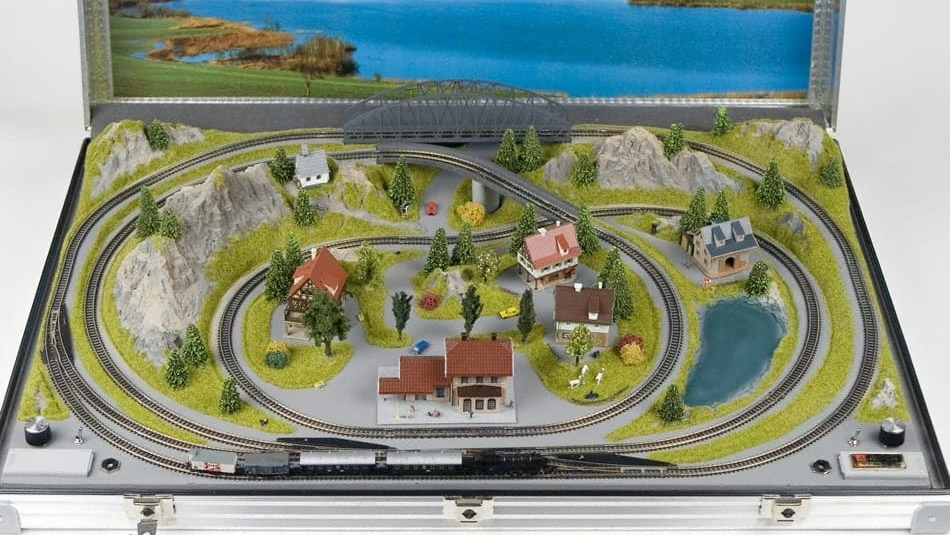
What Kind of Layouts Can You Build in Z Scale?
Because of the tiny size, Z scale allows you to create impressive layouts in very small spaces. Popular layout types include:
- Briefcase layouts: Entire layouts that fit into a portable case.
- Coffee table railroads: A train running under glass, doubling as furniture and display.
- Mountain passes: Using foam and plaster, you can create sweeping alpine scenery without needing a large basement.
- Cityscapes: Z scale is ideal for modeling dense urban areas with skyscrapers and commuter trains.
For example, a 2’ x 3’ board can hold an entire double-loop with scenery—something that might take 4’ x 8’ in HO.
How Reliable Are Z Scale Trains?
Modern Z scale trains are surprisingly reliable, especially when kept clean and properly maintained. Because the locomotives are so small, dust and dirt can affect performance more quickly than in larger scales.
Tips for reliability:
- Keep your track spotless using a rail cleaner.
- Use a dedicated power pack designed for Z scale (avoid HO/N controllers with higher voltages).
- Store trains in cases to prevent dust build-up.
What Accessories Are Available in Z Scale?
Despite being a niche scale, Z scale has a growing selection of accessories:
- Buildings & kits – From European villages to modern skyscrapers.
- Vehicles & figures – Tiny cars, trucks, and people to populate your scenes.
- Scenery supplies – Grass, trees, rocks, and even working streetlights.
- Electronics – Switches, signals, and DCC options are increasingly available.
👉 Browse Woodland Scenics supplies on Amazon
With today’s technology, you can even add LED lighting to Z scale buildings for a dramatic nighttime effect.
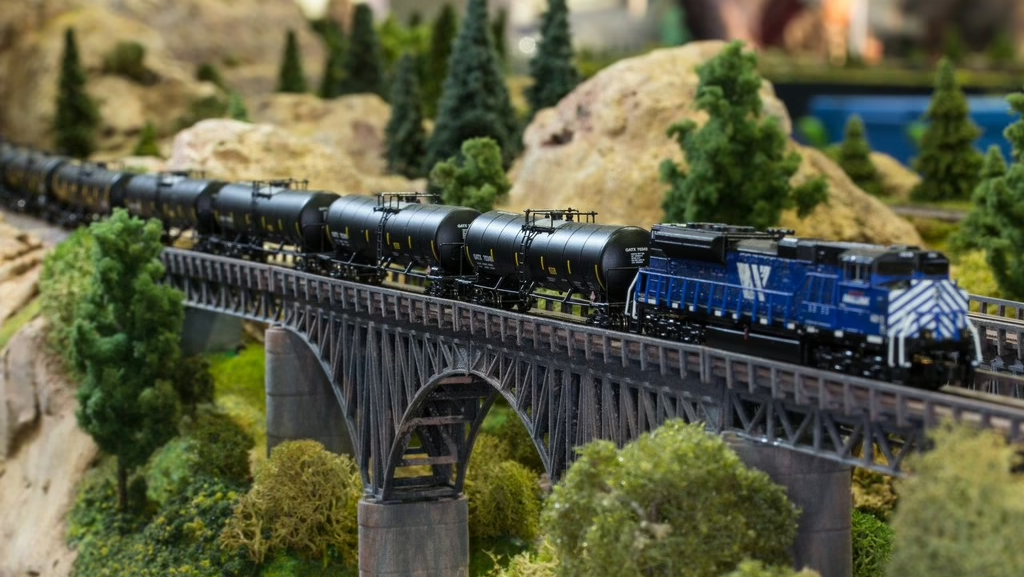
Is Z Scale Expensive?
Z scale trains tend to be slightly more expensive per piece than HO or N scale because of the precision engineering required. However, the small size means you’ll need fewer buildings, track, and scenery materials overall.
Entry-level starter sets from Märklin or Rokuhan often cost between $200–$300. Additional rolling stock typically ranges from $20–$50 per car, while locomotives may cost $100–$250.
For hobbyists who want a compact collection, the cost can be quite manageable.
What Are the Biggest Challenges of Z Scale?
- Handling: Small parts are delicate and can be tricky to manipulate.
- Availability: While growing, Z scale products are still less common than HO or N.
- Maintenance: Track and wheels require more frequent cleaning.
- Learning curve: Beginners may need extra patience to master fine detailing.
That said, many modelers find these challenges part of the fun—it pushes creativity and precision to new levels.
Who Is Z Scale Best For?
Z scale is ideal for:
- Hobbyists with limited space
- Collectors who enjoy miniature craftsmanship
- Advanced modelers who love a challenge
- Travelers who want portable layouts
- Anyone who wants to model large areas in small footprints
It’s not always the best choice for young children or those with limited dexterity, but for hobbyists seeking the ultimate in miniaturization, Z scale delivers.
How Do I Get Started with Z Scale?
- Buy a starter set – Märklin and Rokuhan both offer reliable beginner kits.
- Choose your theme – European, American, or Japanese prototypes.
- Plan a simple layout – Start with a small oval or double-loop.
- Add accessories gradually – Buildings, figures, and scenery can be layered in.
- Maintain regularly – Clean your track and wheels for smooth running.
👉 Explore Z Scale Starter Sets on Amazon
With these basics, you’ll be ready to dive into the fascinating world of Z scale.
Final Thoughts: Small Size, Big Rewards
Z scale may be tiny, but its possibilities are enormous. Whether you’re short on space, love precision modeling, or simply want to try something different, Z scale offers an exciting path into the world of model railroading.
The detail, craftsmanship, and unique layouts possible in Z scale make it a favorite among serious hobbyists. Once you experience it firsthand, you might find yourself hooked on this miniature marvel.
